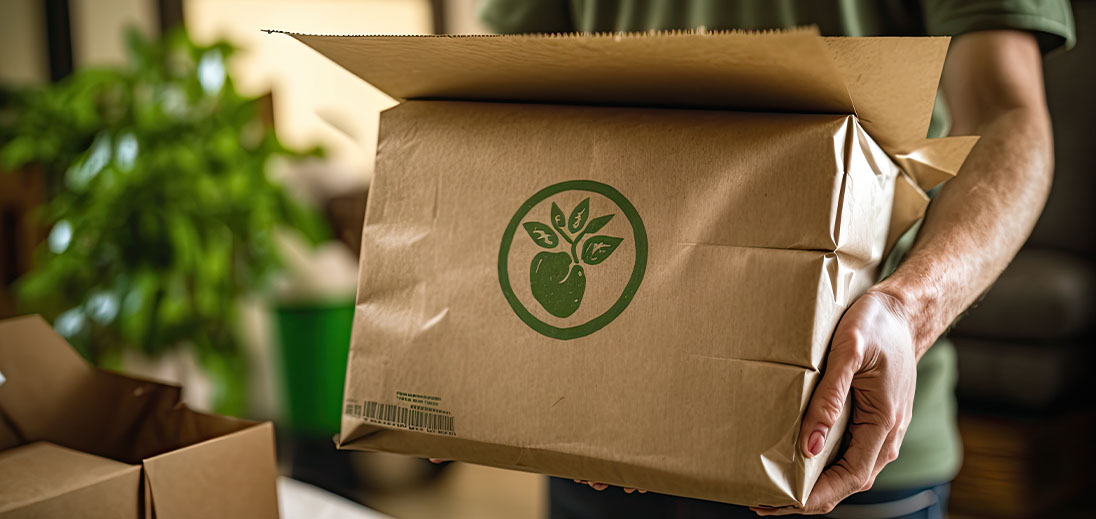In an era where sustainability is increasingly becoming the norm, adopting zero waste publishing methods is vital. As industries evolve, the need to adopt practices that minimize waste and promote sustainability is more significant than ever. Publishers and printers are now turning to these methods to reduce environmental impact while maintaining high-quality outputs. In this article, we will explore how these methods transform the publishing industry and how they can be beneficial for businesses.

Understanding Zero Waste Publishing
The concept of zero waste publishing revolves around minimizing waste generation at every stage of the publishing process. This includes using sustainable materials, optimizing printing processes, and recycling waste products. By aiming for zero waste, publishers not only contribute to environmental conservation but also benefit economically by reducing production costs.
The Importance of Sustainable Materials
Using sustainable materials is a cornerstone of zero waste publishing methods. It involves selecting paper and ink that are biodegradable or recyclable. For example, using recycled paper or paper certified by the Forest Stewardship Council (FSC) ensures that the paper is sourced from responsibly managed forests. Similarly, soy-based inks are a greener alternative to petroleum-based inks, as they are derived from renewable resources and are easier to decompose.
Benefits of Recycled Paper
Recycled paper can significantly reduce the carbon footprint of publishing operations. It requires less energy and water to produce compared to virgin paper. Moreover, it helps in preserving forests and reducing landfill waste. By incorporating recycled paper into their processes, publishers can align with green certifications.
Optimizing Printing Processes
Efficiency in printing processes is another facet of zero waste publishing. This involves using technologies that minimize waste during the printing phase. Digital printing, for instance, has less waste compared to traditional offset printing as it requires no plates and less setup waste. Moreover, it allows for on-demand printing, which cuts down on overproduction.
The Role of Eco-Printing
Eco-printing entails utilizing printing techniques that have minimal environmental impact. It includes using waterless printing methods and energy-efficient machinery. By adopting such technologies, publishers can significantly reduce their ecological footprint.
Recycling and Waste Management
Effective recycling and waste management practices are integral to achieving zero waste. This involves setting up robust systems for collecting and recycling paper, inks, and other materials used in the publishing process. Many companies are now partnering with recycling firms to ensure that their waste is disposed of responsibly.
Partnering with Zero Waste Companies
Collaborating with zero waste companies can enhance a publisher’s sustainability efforts. These companies specialize in waste minimization and can offer solutions tailored to the specific needs of a publishing business.
Economic Benefits of Zero Waste Publishing
Beyond environmental advantages, zero waste publishing methods offer significant economic benefits. By reducing waste, companies can lower their production costs. Additionally, sustainable practices can enhance a brand’s reputation, attracting eco-conscious customers and clients.
Boosting Brand Image
Adopting zero waste practices can boost a company’s image as a responsible and forward-thinking entity. Consumers today are increasingly aware of environmental issues and prefer brands that demonstrate a commitment to sustainability. This can lead to increased customer loyalty and potentially higher sales.
Challenges in Implementing Zero Waste Methods
While the benefits are clear, implementing zero waste methods in publishing does come with challenges. Initial costs for transitioning to sustainable materials and technologies can be high. However, these investments often pay off in the long run through cost savings and increased efficiency.
Overcoming Barriers
To overcome these challenges, businesses can start small by gradually integrating sustainable practices into their operations. Engaging with industry experts and attending workshops on sustainable publishing can provide valuable insights and guidance.
Conclusion: The Future of Publishing
The future of publishing lies in sustainability. By embracing zero waste publishing methods, businesses can play a vital role in environmental conservation while reaping economic benefits. As more companies adopt these practices, the publishing industry will continue to evolve towards a greener future.

FAQs
What are zero waste publishing methods?
Zero waste publishing methods involve minimizing waste throughout the publishing process by using sustainable materials, optimizing printing processes, and recycling waste products.
How do recycled materials help in publishing?
Recycled materials reduce the environmental impact by requiring less energy and water to produce and help in preserving forests and reducing landfill waste.
Are there economic benefits to zero waste publishing?
Yes, reducing waste can lower production costs and enhance a brand’s reputation, attracting eco-conscious customers and clients.
For more information on reducing paper waste, you can visit ezeep’s guide.
This article contains affiliate links. We may earn a commission at no extra cost to you.







